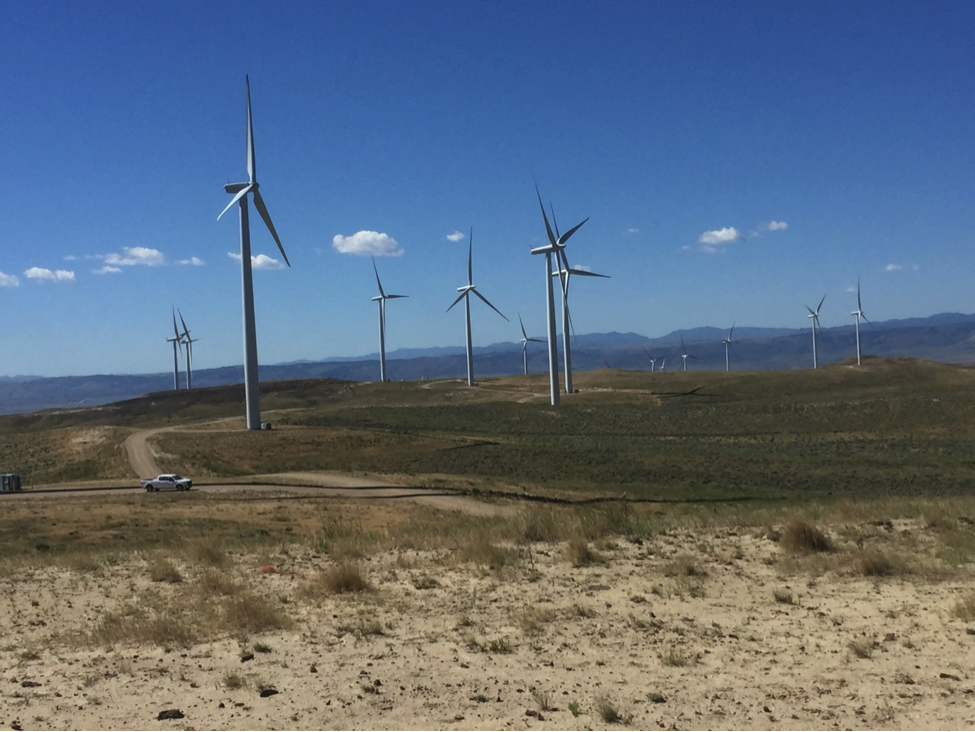
Duke Energy has had a certain amount of infamy among bird lovers since 2013 when the utility company was prosecuted by the Department of Justice regarding eagle mortality rates at the company’s Casper, Wyoming wind farm. Since the settlement deal, however, Duke Energy Renewables has followed up with what Audubon California’s Renewable Energy Director Garry George calls “detect and curtail measures”—using technology to prevent bird deaths by wind turbine.
George visited the wind farm in question with the rest of the American Wind and Wildlife Institute Board of Directors, and overall was impressed with the complex response system that protects eagles by stopping the turbines when the birds come too close.
“While the Casper site likely should never have been built in such a high-traffic location, the technological improvements are the best way we have now for minimizing eagle mortality and provides the data and proof of this technology’s effectiveness,” said George.
That being said, it wasn’t just a quick fix for Duke Energy Renewables, who began working closely with the U.S. Fish and Wildlife Service to take proactive steps when the first eagle fatality was discovered. Even before the settlement, the company attempted to protect birds by using a radar system to detect eagles and turn off the turbines in response. This turned out to not be a precise enough solution—there was no way for operators to tell eagles from turkey vultures, causing too much fluctuation and confusion at the wind farm.
Although the new solution, IdentiFlight, is still being tested, so far it looks to be more successful. As the first level of defense, large sensors sit atop tall poles. When these sensors detect movement, they focus a camera onto the bird. A computer identifies the type of bird and tracks its location, while video is streamed live to an on-site biologist, who identifies the risk level based on the type of bird, and whether it has its head up (watching where it’s flying) or down (hunting and not likely to notice aerial obstacles). For an additional level of accuracy, these results are then confirmed with another on-site biologist with a pair of powerful binoculars. When an eagle threat is confirmed, the turbine blades can stop spinning in a matter of seconds
“In our hour-long trip, we saw six eagles enter the project site. The tracking methods were implemented, and the turbines were stopped twice,” George said. “This is how we can tell the operators are being diligent.”
While some may worry about the economic implications of the frequent shutdowns, this has been shown not to have a significant impact on the financial stability of wind power production.
“Over the span of 30 or more years that the wind farms operate, this is just a cost of doing business,” explained George.
There are important reasons why Californians should care about the progress in Wyoming, too. Not only could similar measures be helpful in poorly-sited windfarms like those in the Altamont Pass, but Californians will buy an increasing amount of wind energy from Wyoming to meet our statewide renewable energy standards. The eagles in Wyoming, just like the migratory birds that pass through Altamont, are our responsibility.
By Ada Statler-Throckmorton
Monthly Giving
Our monthly giving program offers the peace of mind that you’re doing your part every day.




